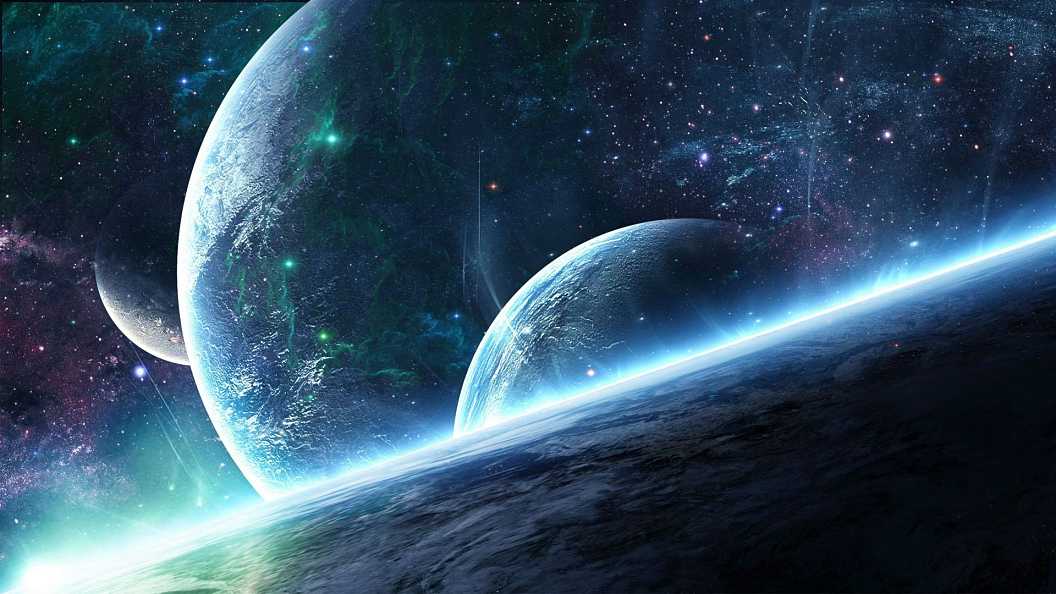(单词翻译:单击)
Still less could we send up a shipload of space cowboys to do the job for us, as in the movie Armageddon; we no longer possess a rocket powerful enough to send humans even as far as the Moon. The last rocket that could, Saturn 5, was retired years ago and has never been replaced. Nor could we quickly build a new one because, amazingly, the plans for Saturn launchers were destroyed as part of a NASA housecleaning exercise.
我们更不可能发射一飞船警察去为我们干这个活儿,就像电影《善恶大决战》里的场面那样;我们不再拥有能把人送上月球的火箭。最后一枚那种火箭——木星5型火箭——已于几年前退役,再也没有替身。我们也无法马上制造一枚,因为木星火箭的图纸已经令人吃惊地在美国国家航空和航天局的一次春季大扫除中给销毁了。
Even if we did manage somehow to get a warhead to the asteroid and blasted it to pieces, the chances are that we would simply turn it into a string of rocks that would slam into us one after the other in the manner of Comet Shoemaker-Levy on Jupiter—but with the difference that now the rocks would be intensely radioactive. Tom Gehrels, an asteroid hunter at the University of Arizona, thinks that even a year's warning would probably be insufficient to take appropriate action. The greater likelihood, however, is that we wouldn't see any object— even a comet—until it was about six months away, which would be much too late. Shoemaker-Levy 9 had been orbiting Jupiter in a fairly conspicuous manner since 1929, but it took over half a century before anyone noticed.
即使我们成功地设法将一枚弹头射中小行星并把它炸得粉碎,我们很可能只能把它变成一连串岩石;那些岩石会像苏梅克-列维彗星撞击木星那样一个接一个地朝我们砸过来——不同之处在于那些岩石现在都具有强烈的辐射作用。亚利桑那大学负责寻找小行星的汤姆·格雷尔斯认为,即使有一年的预警时间也很可能不足以采取适当的行动。然而,更大的可能性是,我们看不到任何物体——即使是彗星——直到只剩下6个月左右时间,那时候就太晚了。自1929年以来,苏梅克-列维9号彗星一直在以比较明显的方式绕着木星运行,但直到半个多世纪以后才有人发现。
Interestingly, because these things are so difficult to compute and must incorporate such a significant margin of error, even if we knew an object was heading our way we wouldn't know until nearly the end—the last couple of weeks anyway—whether collision was certain.
由于这类事情很难测算,而且必须考虑这么大的误差,因此即使我们知道有个物体在朝我们飞来,也要等到差不多最后时刻——反正是最后几个星期——我们才会知道是不是肯定要发生撞击。


